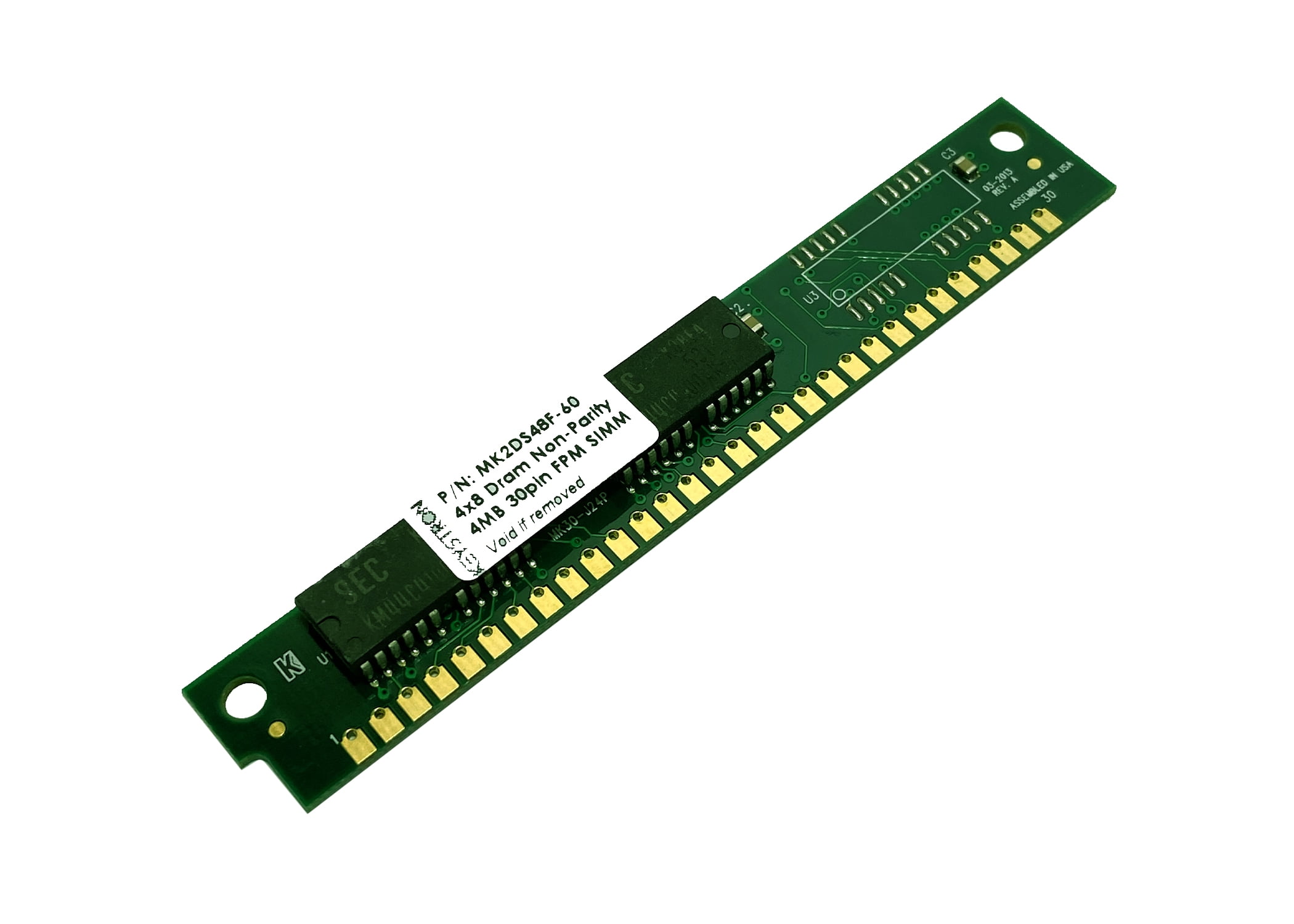

The resolution of the display was the same, at 512 × 342.Īpple sold a memory upgrade for the Macintosh 128K for $995 initially, and reduced the price when 256 kb DRAM prices fell months later. It shared a revised logic board with the rebadged Macintosh 128K (previously just called the Macintosh), which streamlined manufacturing. This shared arrangement reduces CPU performance by up to 35%. A 64 KB ROM chip boosts the effective memory to 576 KB, but this is offset by the display's 22 KB framebuffer, which is shared with the DMA video controller. The large increase earned it the nickname Fat Mac. Though the memory had been quadrupled, it could not be upgraded. Like the Macintosh 128K before it, the 512K contained a Motorola 68000 connected to 512 KB of DRAM by a 16-bit data bus. All support for the Mac 512K was discontinued on September 1, 1998.įeatures Processor and memory It was replaced by the Macintosh 512Ke and the Macintosh Plus. The Mac 512K originally shipped with Macintosh System 1.1 but was able to run all versions of Mac OS up to System 4.1.

It is the earliest Macintosh model that can be used as an AppleShare server and, with a bridge Mac, communicate with modern devices. The increased memory turned the Macintosh into a more business-capable computer and gained the ability to run more software. It was virtually identical to the previous Macintosh, differing primarily in the amount of built-in random-access memory. It is the first update to the original Macintosh 128K. The Macintosh 512K is a personal computer that was designed, manufactured and sold by Apple Computer from September 1984 to April 1986.


 0 kommentar(er)
0 kommentar(er)
